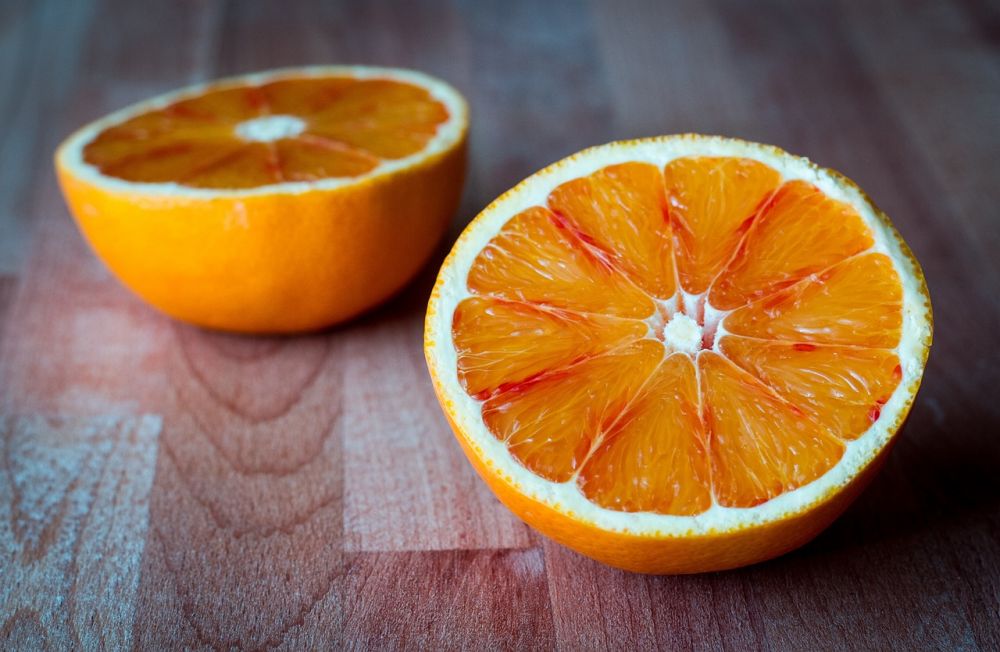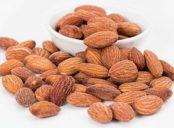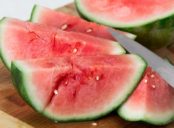The Healthy Cookie: A Comprehensive Guide

Introduction:
The concept of a ”healthy cookie” has gained immense popularity in recent years as people strive to lead healthier lifestyles without compromising on their favorite treats. This article aims to provide a thorough overview of what constitutes a healthy cookie, the different types available, popular choices, quantitative measurements, the variations among them, as well as a historical analysis of their advantages and disadvantages. By structuring the text effectively, we aim to increase the likelihood of it appearing as a prominent snippet in Google search results.
I. What is a Healthy Cookie?
A healthy cookie is a baked confectionery that offers nutritional value while reducing harmful ingredients typically found in regular cookies. It is often made with wholesome ingredients such as whole grain flour, natural sweeteners, and healthy fats. These cookies prioritize nutritional balance, aiming to provide a guilt-free indulgence.
II. Types of Healthy Cookies:

1. Whole Grain Cookies:
– Made with whole wheat flour, oats, or other grains, these cookies are rich in fiber and nutrients.
– Examples include oatmeal cookies, spelt cookies, and quinoa cookies.
2. Gluten-Free Cookies:
– Catering to individuals with gluten intolerances, these cookies are made with alternative flours like almond flour, rice flour, or tapioca flour.
– Examples include almond flour cookies, coconut flour cookies, and buckwheat cookies.
3. Vegan Cookies:
– Suitable for plant-based diets, vegan cookies omit all animal-based ingredients like butter, eggs, and dairy.
– Examples include avocado cookies, flaxseed cookies, and banana cookies.
4. Low-Sugar Cookies:
– These cookies use natural sweeteners or reduced sugar content, making them suitable for those aiming to minimize sugar intake.
– Examples include date-sweetened cookies, stevia-sweetened cookies, and applesauce cookies.
III. Quantitative Measurements:
When evaluating the nutritional content of healthy cookies, certain measurements provide valuable insights for consumers. These include:
– Calories per serving
– Fat content (saturated, trans fats)
– Sugar content (natural versus added sugars)
– Fiber content
– Protein content
IV. How Healthy Cookies Differ:
Despite the term ”healthy cookie,” variations exist in terms of ingredients, nutritional profiles, and overall benefits. Key differences include:
– Nutritional composition: Different types of healthy cookies offer varying amounts of fiber, protein, and essential nutrients.
– Allergen considerations: Gluten-free and vegan cookies cater to specific dietary restrictions.
– Taste and texture: Healthy cookies may have unique flavors and textures influenced by their ingredients.
V. Historical Analysis of Advantages and Disadvantages:
A look into the history of healthy cookies reveals both benefits and potential drawbacks. Advantages include:
– Healthier alternative: Healthy cookies offer a guilt-free option for indulgence.
– Nutritional value: Whole grains, natural sweeteners, and healthy fats provide essential nutrients.
– Dietary inclusivity: Gluten-free and vegan cookies allow individuals with dietary sensitivities to enjoy baked goods.
However, potential disadvantages include:
– Taste and texture differences compared to traditional cookies.
– Higher cost due to alternative ingredients.
– Potential confusion about the actual healthiness of some ”healthy” cookies due to marketing tactics.
[INSERT VIDEO HERE: A short video clip showcasing the process of baking healthy cookies and their various types]
In conclusion, the demand for healthy cookies continues to grow as people embrace healthier lifestyles. With various types available, each offering unique benefits, individuals now have the option to enjoy cookies without compromising their well-being. By considering the nutritional composition, differences among them, and historical advantages and disadvantages, consumers can make informed choices when selecting their preferred healthy cookie options.





















